Utah is an outdoor enthusiast’s playground with its dramatic red rock formations, towering sandstone arches, and canyon vistas. The state’s five national parks, dubbed the “Mighty 5,” feature some of North America’s most breathtaking natural wonders. The protected areas attract millions of visitors annually, though each offers distinct experiences you won’t get anywhere else on the planet.
The following is a selection of 20 amazing things to do throughout Utah’s stunning national parks, all offering unique ways to experience these fantastic landscapes.
Angel’s Landing Hike
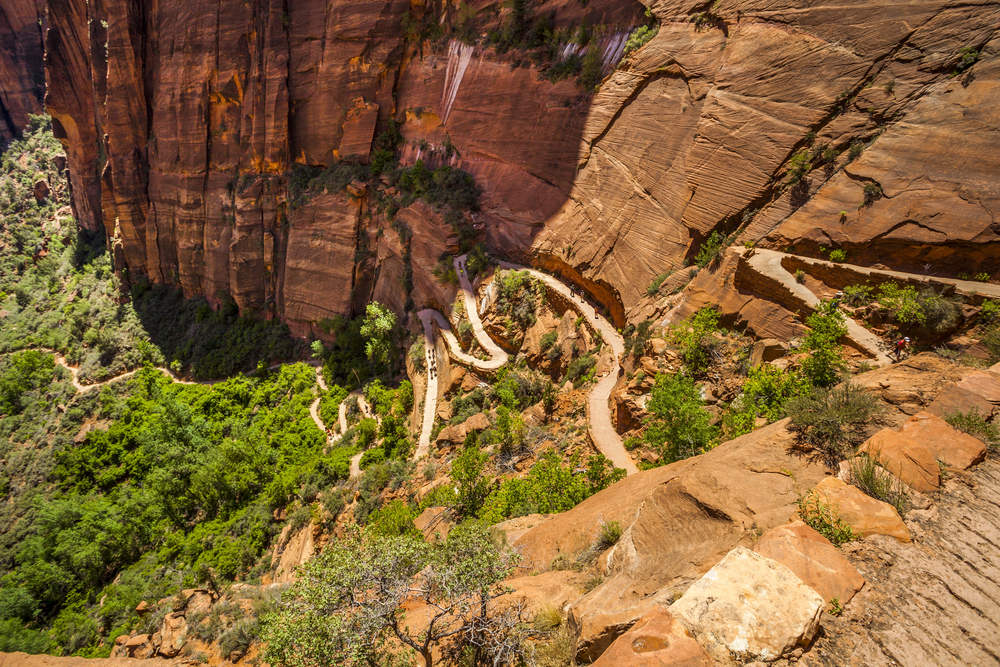
The Angel’s Landing trail provides an adrenaline rush unlike anything else in Zion National Park. Its last section is a slim ridge with chain support—drop-offs of almost 1,000 feet line both sides.
When you reach the top, panoramic vistas extend across Zion Canyon in all directions. Most hikers feel that overcoming this tough trail is like earning their wings.
Delicate Arch Sunset

Sunset at Delicate Arch is the quintessential Utah experience. This 65-foot freestanding arch—the very symbol of the state—transforms into a glowing copper horseshoe as daylight fades.
The moderately tough three-mile round-trip hike rewards trekkers with nature’s light show. Getting there early helps secure a good spot, as photographers stake claims to the best vantage points like old-time prospectors.
Like Travel Pug’s content? Follow us on MSN.
Navajo Loop Trail
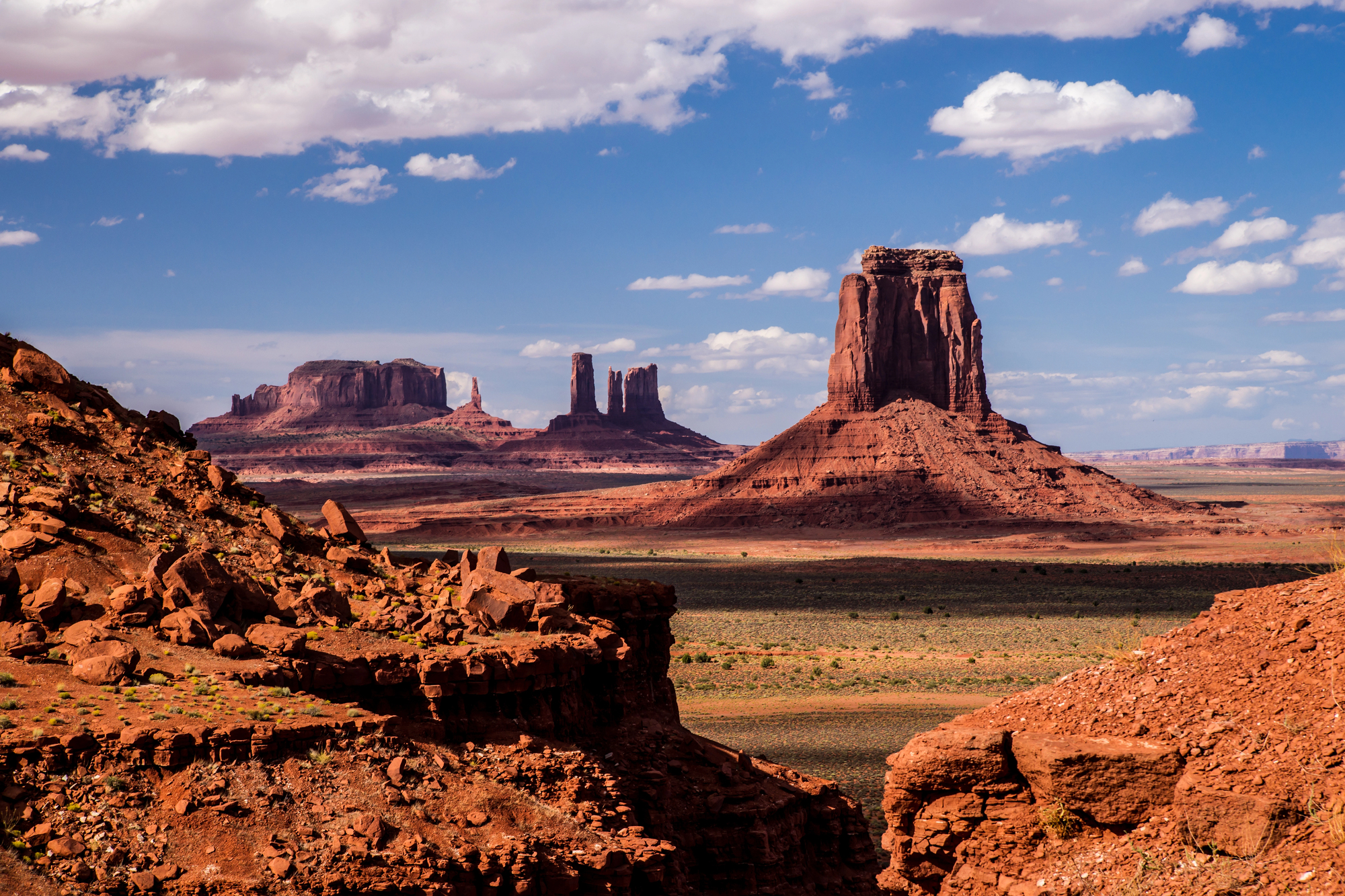
Bryce Canyon’s Navajo Loop takes adventurers down among the park’s surreal hoodoos—tall, skinny spires carved by millennia of erosion. Walking the trail feels like exploring an alien fortress—tight passages wind between towering orange and pink rock formations. The descent from rim to canyon floor reveals how these geological oddities appear different from every angle, changing with each twist in the trail.
Scenic Drive Through Capitol Reef
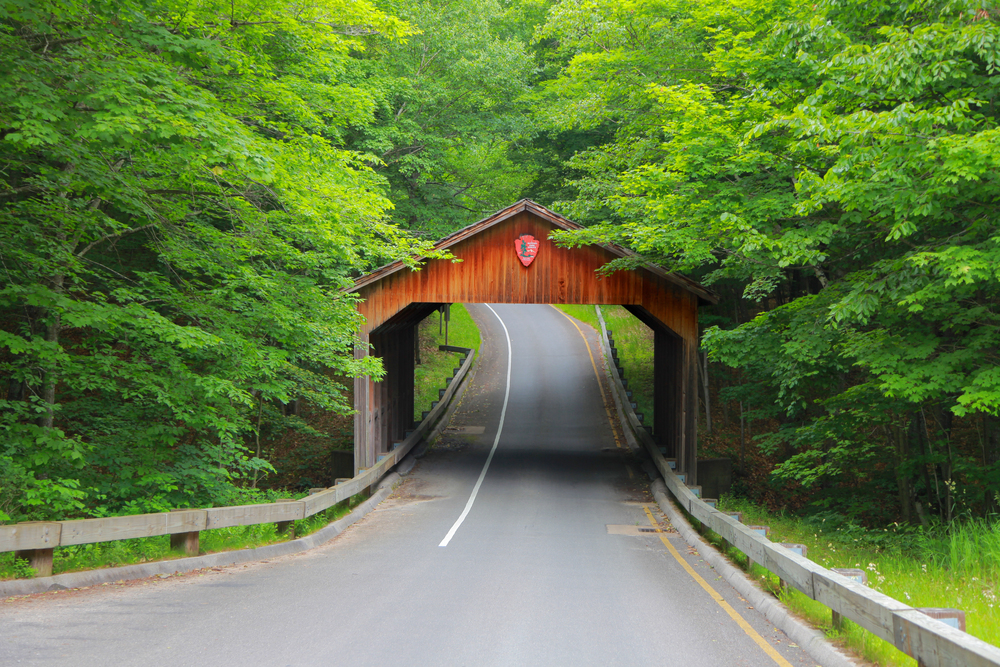
The 8-mile scenic drive along Capitol Reef features colorful cliffs and giant domes without requiring strenuous hiking. Several pullouts provide convenient stops for photographs and short strolls—ideal for those with mobility or time limitations.
These landscapes not only awe with their beauty; they tell Earth’s history inscribed in layers of stone, stories that span hundreds of millions of years.
Mesa Arch Sunrise
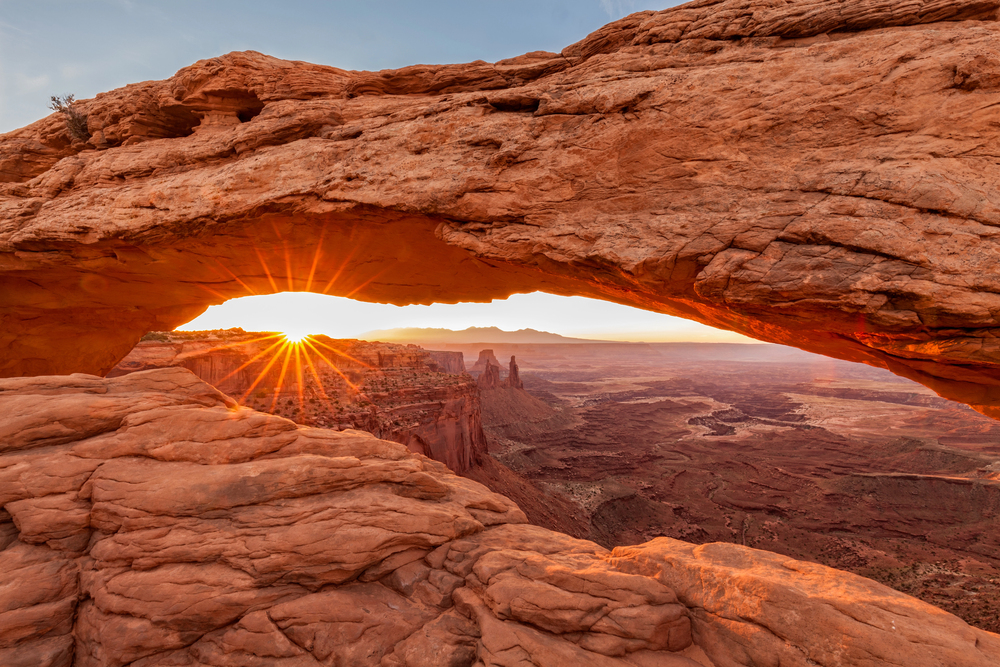
Dawn at Mesa Arch rewards early risers with pure magic in Canyonlands National Park. When sunlight first breaks the horizon, it ignites the underside of the arch with an otherworldly glow.
This natural stone window perfectly frames views of distant buttes and spires. Photographers sometimes arrive hours before sunrise, setting up tripods in the darkness for shots worth lost sleep.
Like Travel Pug’s content? Follow us on MSN.
Camping in the Desert
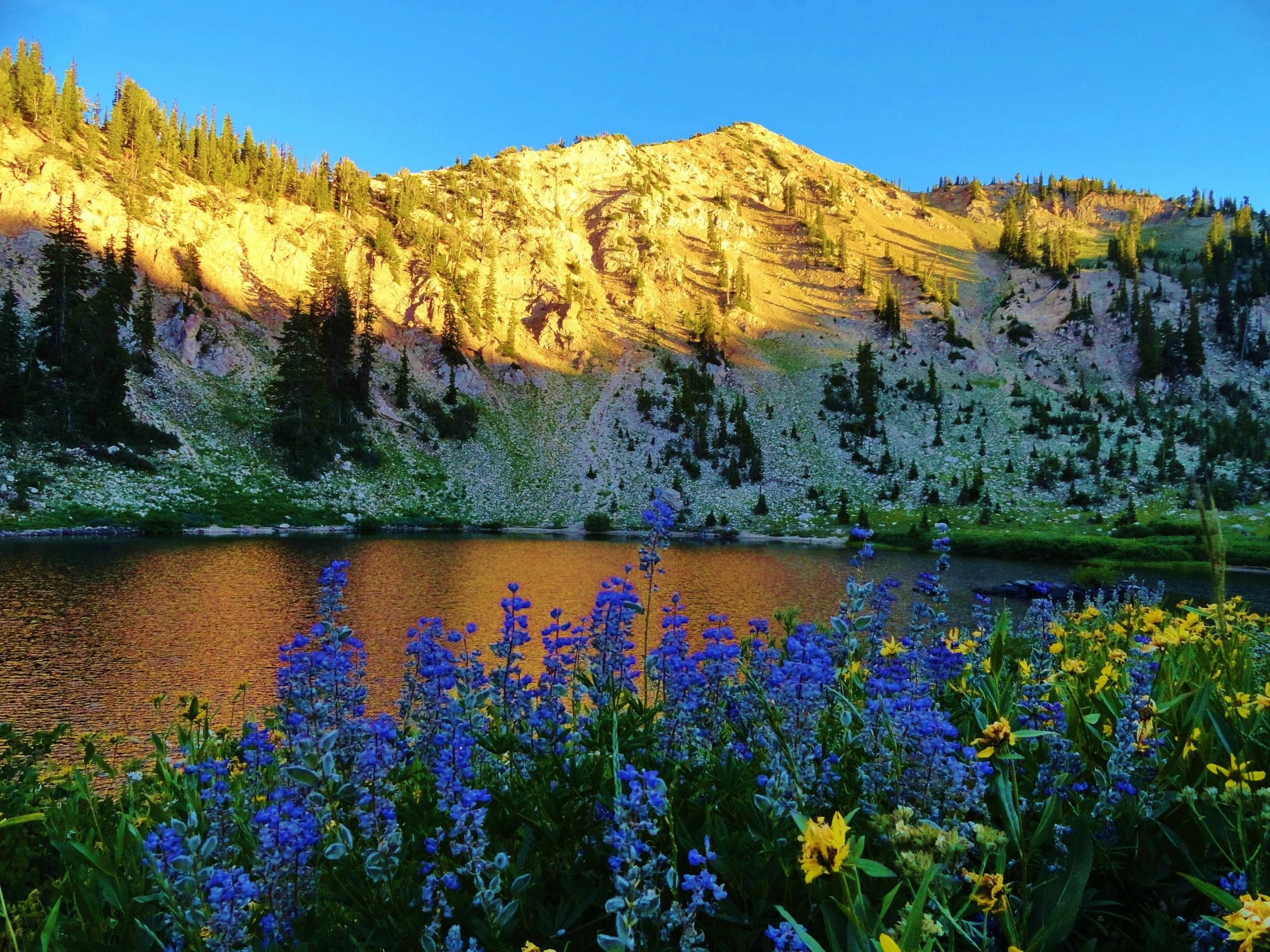
Nights under desert skies profoundly change these landscapes. When darkness falls, temperatures drop dramatically, and stars emerge by the thousands. The transition feels almost ceremonial, with daytime tourists departing and nocturnal wildlife becoming active.
Desert camping connects visitors to daily rhythms largely forgotten in urban environments, where artificial light hides nature’s nightly transformation.
Fairyland Loop

Bryce Canyon offers the Fairyland Loop a quieter alternative to more trafficked trails—yet the views remain equally stunning. This eight-mile path winds through countless hoodoos, natural bridges, and rock formations nicknamed for their resemblance to castles and cathedrals.
Hikers often report feeling transported to another world, where geology becomes fantasy and reality blurs with imagination.
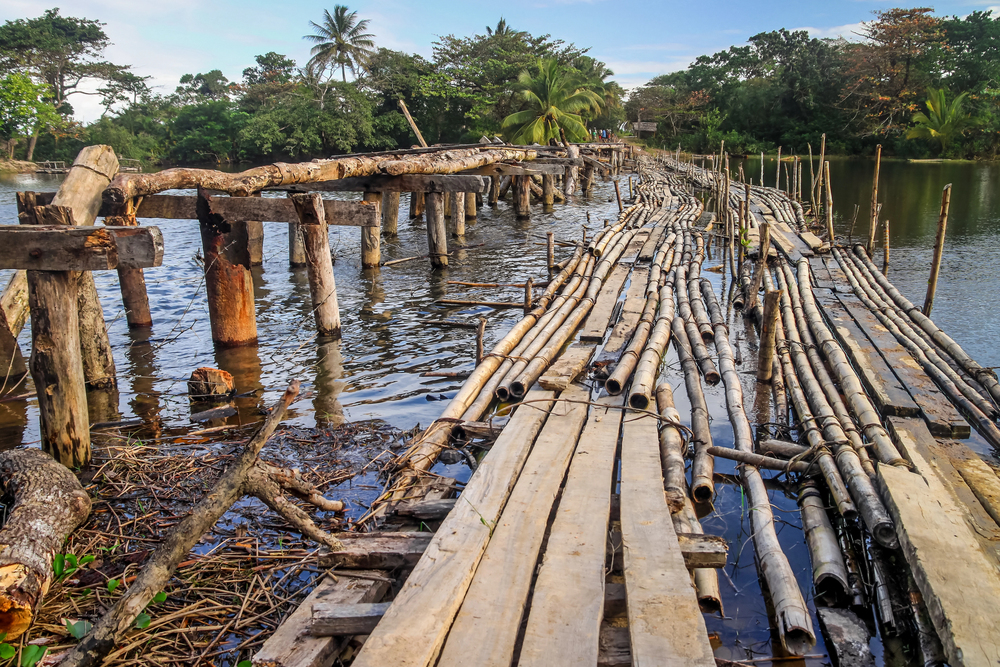
Wading through the Virgin River provides blissful relief during scorching summer months. The Riverside Walk leads to the Narrows, where canyon walls tower hundreds of feet above shallow waters, creating nature’s perfect cooling system.
People of all ages splash through gentle currents between massive rock walls, discovering an entirely different perspective of Zion from water level.
Like Travel Pug’s content? Follow us on MSN.
Island in the Sky District

Canyonlands’ Island in the Sky district sits atop a massive mesa, 1,500 feet above the surrounding terrain. Its overlooks deliver vistas extending over 100 miles on clear days.
The Green River Overlook particularly captivates visitors with its uninterrupted view of deeply carved canyons. Looking outward from these precipices creates an almost vertigo-inducing sense of scale rarely experienced elsewhere.
The Wave Hike
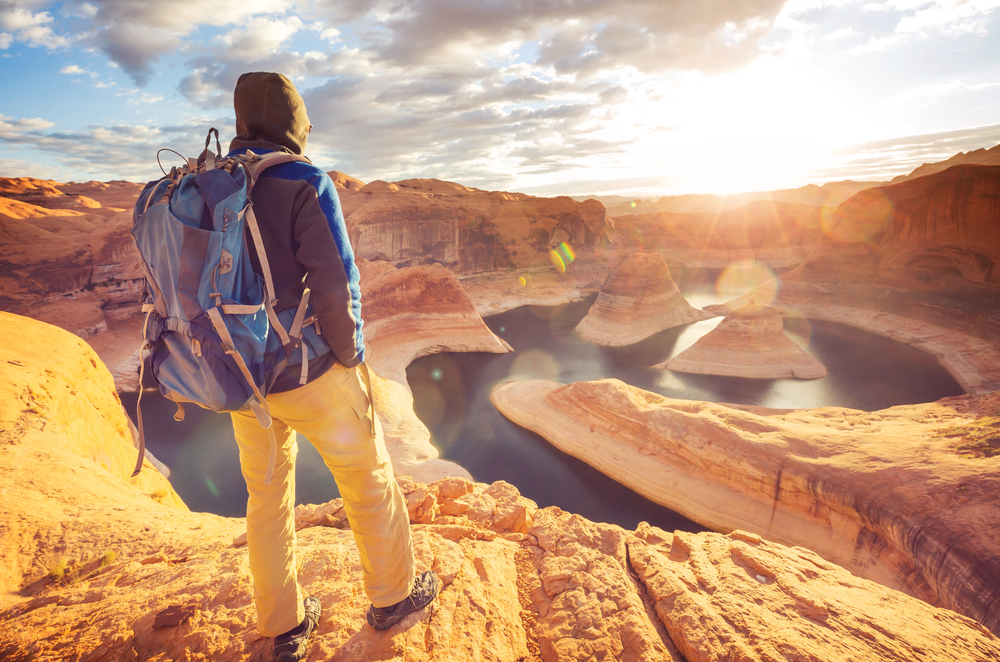
The Wave—located in Vermilion Cliffs near the Utah border—showcases swirling stone patterns that seem designed rather than formed naturally. Access requires winning a highly competitive permit lottery, making this trek as exclusive as it is beautiful.
Its undulating sandstone creates a photographer’s paradise where lines, curves, and colors combine in ways that defy logic and inspire wonder.
Rim Overlook Trail

Capitol Reef’s Rim Overlook Trail rewards hikers with spectacular views across the Waterpocket Fold. This moderate 4.6-mile round trip showcases a 100-mile-long wrinkle in Earth’s crust.
Hikers gain elevation steadily, passing through several ecological zones before reaching viewpoints that reveal the enormous scale of geological forces at work. The vista stretches across ancient seafloors lifted thousands of feet above their original position.
Like Travel Pug’s content? Follow us on MSN.
Double Arch Exploration
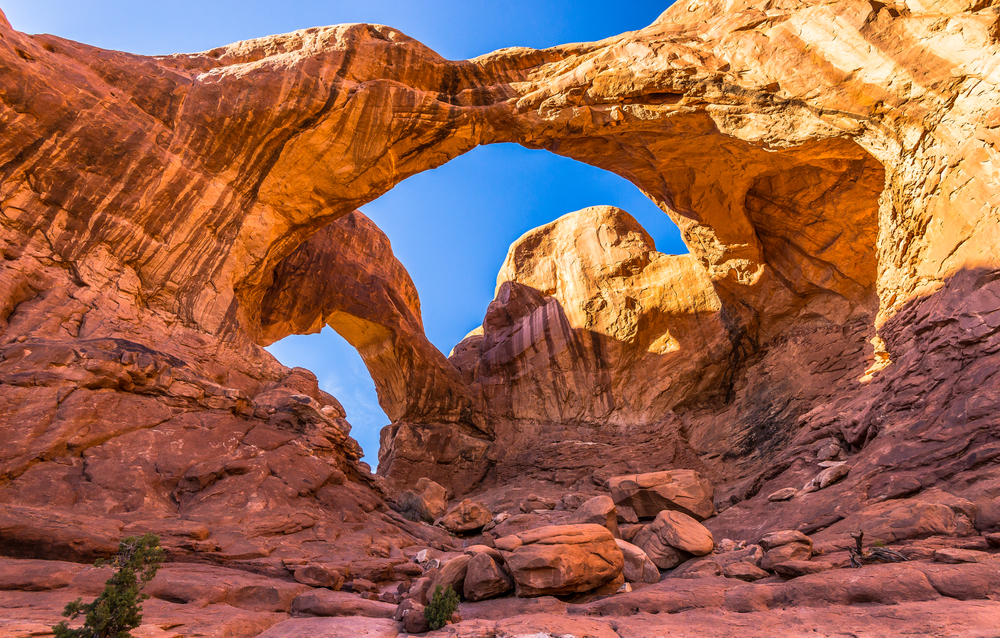
Arches National Park features Double Arch – two massive stone spans sharing a single foundation. Unlike many features requiring lengthy hikes, this spectacular formation sits just minutes from the parking area.
Standing beneath these towering windows, visitors can’t help but ponder the improbable physics that allows such delicate structures to persist for thousands of years despite gravity’s constant pull.
Horseback Riding

Traversing certain Bryce Canyon trails on horseback connects visitors with traditional western travel methods. Guided rides wind among forests and hoodoos, offering perspectives different from those on foot.
The steady clip-clop of hooves on packed earth adds a rhythmic soundtrack to the experience. This slower pace allows riders to notice smaller details often missed when hiking.
Stargazing

All Utah national parks hold International Dark Sky designations, creating premier stargazing conditions rarely found elsewhere. Their remote locations and clean air combine to reveal celestial objects invisible from cities.
Professional astronomers often lead programs helping visitors identify constellations, planets, and distant galaxies. Many tourists report seeing the Milky Way clearly for the first time in their lives.
Like Travel Pug’s content? Follow us on MSN.
Kolob Canyons Section
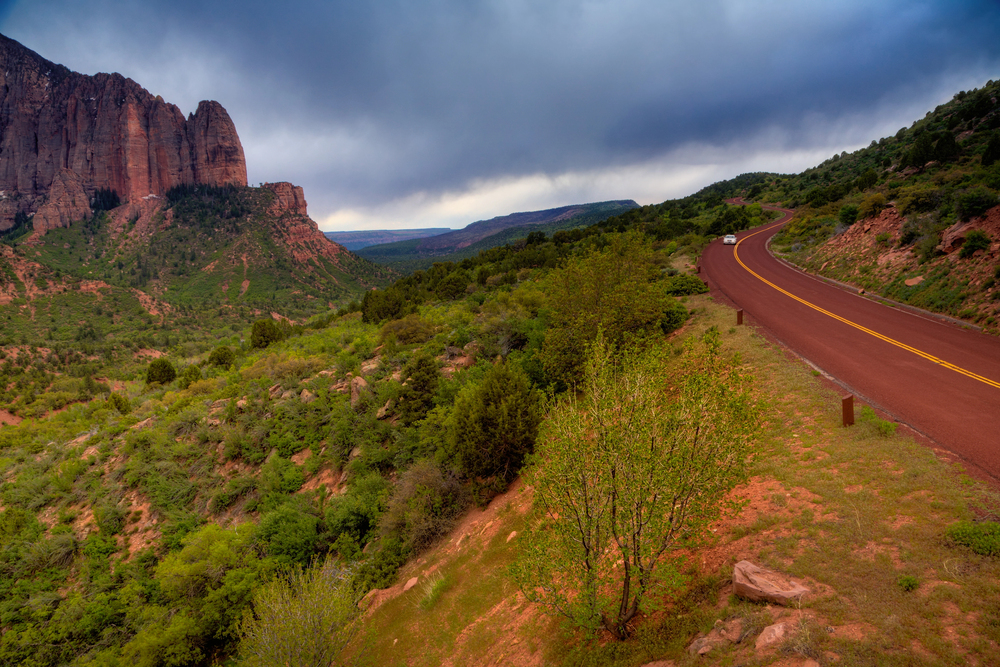
Zion’s lesser-known Kolob Canyons section offers dramatic crimson cliffs without the crowds found elsewhere. A five-mile scenic drive leads to several trailheads with options ranging from easy strolls to challenging backcountry routes.
This quieter corner of the park allows visitors to enjoy similar grandeur with greater solitude, making it popular among repeat visitors who’ve already explored the main canyon.
Landscape Arch View
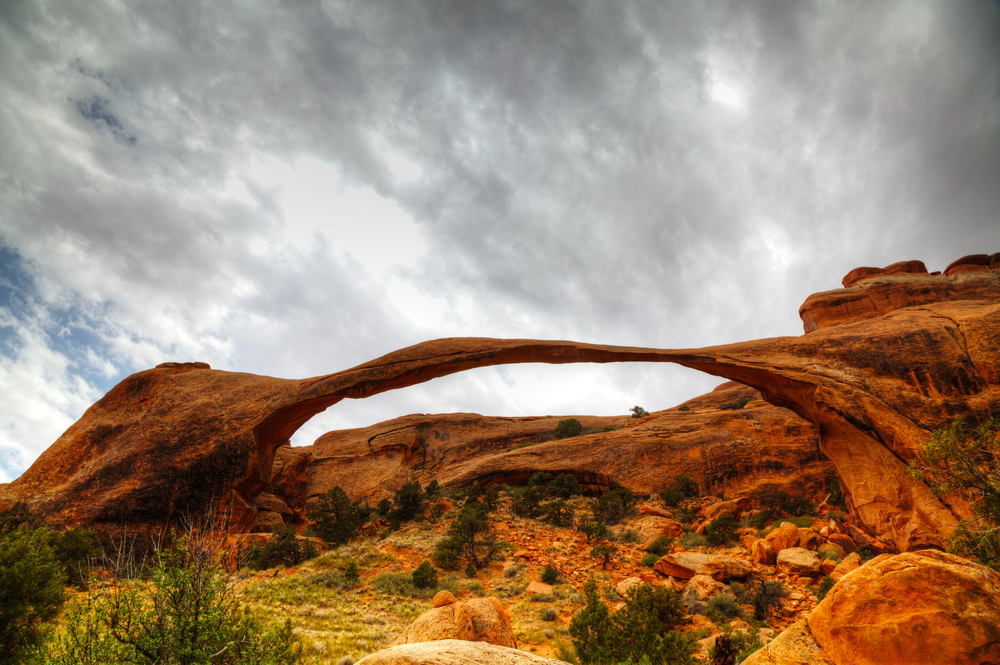
Landscape Arch spans an incredible 306 feet, ranking among the longest natural stone arches worldwide. Its delicate ribbon seems impossibly thin in places, defying gravity with remarkable persistence.
Park rangers document periodic rock falls from the arch, suggesting its days are numbered in geological terms. This impermanence adds poignancy to viewing such a fragile yet enduring structure.
Cathedral Valley
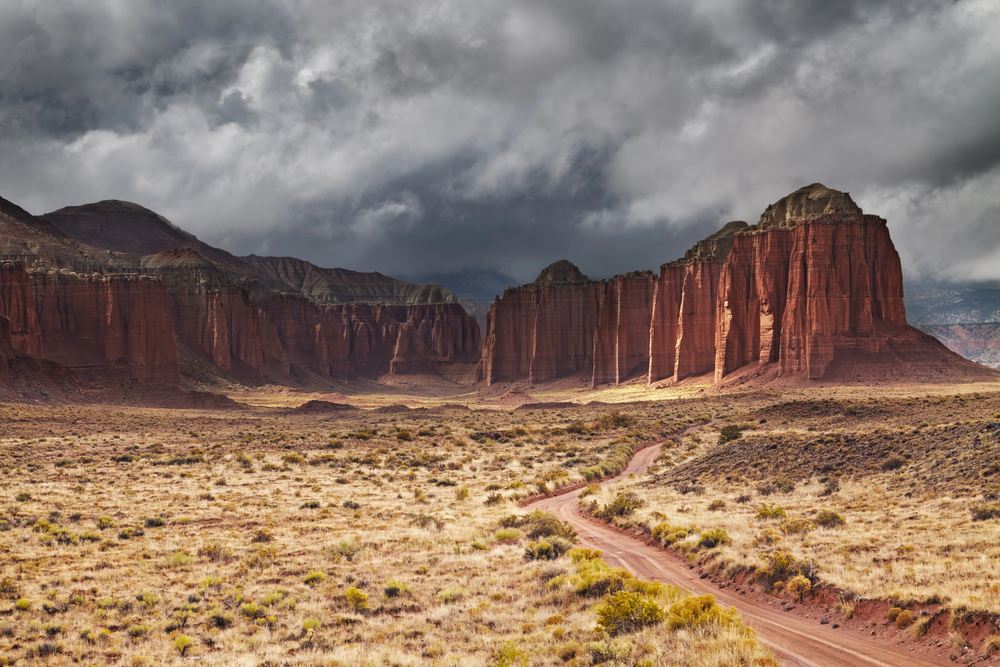
Capitol Reef’s Cathedral Valley showcases massive stone monoliths rising from the desert floor like natural skyscrapers. Reaching this remote area requires high-clearance vehicles and decent weather conditions, ensuring solitude even during peak tourist season.
These stone sentinels stand as silent witnesses to millions of years of erosion, their layered compositions revealing ancient environments from shallow seas to windswept deserts.
Like Travel Pug’s content? Follow us on MSN.
Corona Arch Hike
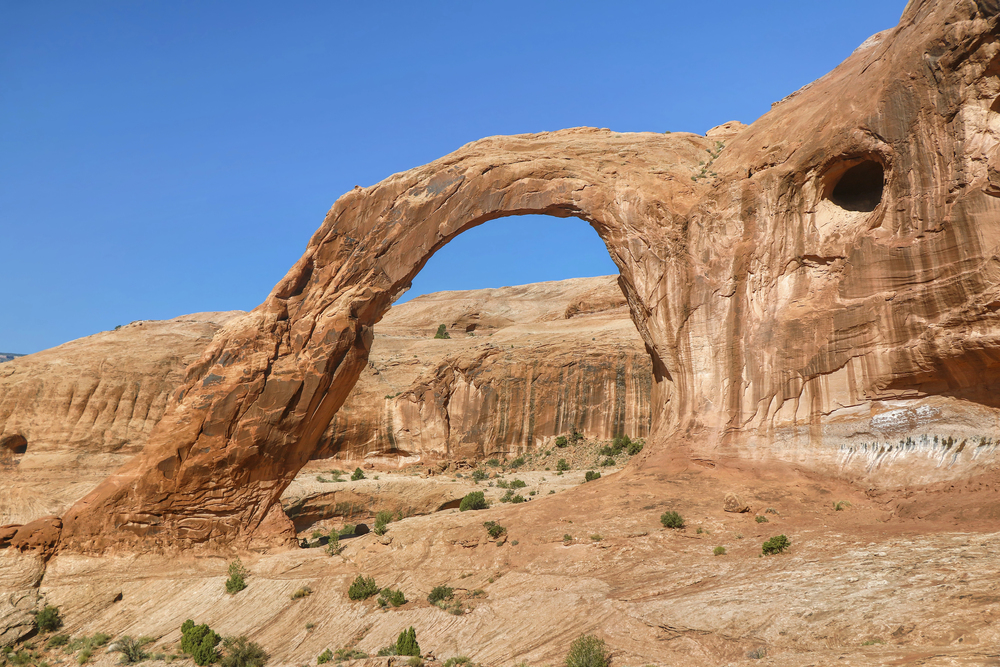
Corona Arch near Moab offers a spectacular 3-mile round-trip hike to a massive 140-foot opening in sandstone cliffs. The trail includes fun features like safety cables and a short ladder bolted into rock faces.
Though technically outside park boundaries, this accessible adventure delivers rewards comparable to those within official park areas. Locals consider it one of the area’s best-kept secrets.
Upheaval Dome
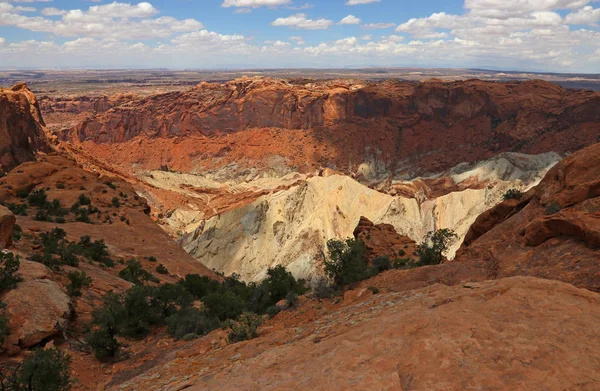
Canyonlands’ Upheaval Dome presents one of Utah’s greatest geological mysteries. Scientists debate whether this circular structure formed from a meteorite impact or salt dome movement.
The unusual formation appears completely different from the surrounding landscapes, creating fascinating discussion topics among visitors. Short overlook trails provide different perspectives of this scientific puzzle that continues to challenge expert understanding.
Escalante River Crossing

Hiking along the Escalante River through Grand Staircase-Escalante National Monument takes adventurers through a desert oasis. The perennial waterway creates a green ribbon winding between towering sandstone walls.
This wet-feet adventure contrasts dramatically with the surrounding arid terrain. Cottonwood trees provide occasional shade while various wildlife species make appearances throughout the day.
Like Travel Pug’s content? Follow us on MSN.
Nature’s Legacy

Utah’s parks preserve scenic beauty and safeguard geological processes seen more transparently here than almost anywhere else. These landscapes continue to change today under the same forces that crafted them over millions of years. Tourists observe Earth’s constant transformation through erosion, deposition, and uplift.
The parks are living classrooms where everyone can enjoy the way our planet transforms over time. Such conservation ensures future generations will also be able to marvel at the same way when discovering these phenomenal sites.
More from Travel Pug

- Cities Growing so Fast You Won’t Recognize Them in 10 Years
- 13 Destinations Where Tourists Regularly Regret Their Trip
- 16 U.S. Cities That Are Quietly Becoming Travel Hotspots
- Where to Travel If You Love Long Bus Rides and Daydreams
- 20 Cities Perfect for Solo Travelers Who Crave Adventure & Culture
Like Travel Pug’s content? Follow us on MSN.
